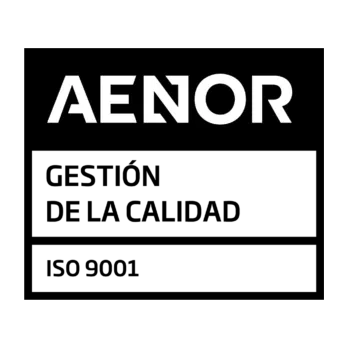Germany boasts one of the strongest traditions in physical security engineering. Among its most notable facilities is the Bundesbank vault in Cochem, built during the Cold War as an underground bunker for safeguarding currency and strategic documents. This facility stands as the most secure vault in Germany, showcasing how the blend of armor, technological redundancy, and strict custody protocols can make a bunker an international benchmark. At Arcas Gruber, European leaders in manufacturing vaults, safes and euro-grade safes, we apply these same engineering principles in banking, industrial, and government security projects worldwide. For comparison, see our guide to the 10 most secure vaults in the world.
Origins and Concept of the Cochem Bunker
Built in the 1960s, the Cochem bunker was designed to hold up to 15 billion German marks in times of crisis. Though it no longer serves that purpose, its structure remains an engineering reference. Located more than 30 meters underground, with access limited and protected by multiple layers, the bunker illustrates the German principle of security based on structural redundancy and operational robustness.Structure and Armoring
The main vault is protected by thick reinforced concrete walls, combined with metal reinforcements. Technically, the structure includes:- High-strength concrete with 3D meshes, designed to resist both impact and prolonged penetration.
- Hardened steel plates in interior linings, offering a first line of defense against abrasive discs and diamond cutters.
- Interlocking joint geometries, preventing leverage tools or hydraulic jacks from gaining purchase.
- Additional armor in critical zones like access points and locking mechanisms.
Armored Doors
Access to the core of the Cochem bunker is via heavily armored doors with large inertia. Their features include:- Multi-layer thicknesses exceeding 250 mm, combining steel and refractory composites.
- Multi-way boltwork, with locking bolts on all four sides of the door leaf, distributing resistance against targeted attacks.
- Glass and mechanical relockers, which lock the door in case of direct attack on the locking system.
- Overlapping geometries between door leaf and frame, negating external leverage.
Detection and Monitoring Systems
From its inception, the Bundesbank bunker integrated advanced detection systems for its time, many of which have since been modernized. These include:- Seismic sensors, capable of identifying vibrations from drilling or cutting.
- Thermal sensors, detecting heat increases typical of attacks with thermal lances.
- Micro switches and magnetic contacts on bolts and frames, ensuring full closure monitoring.
- Redundant CCTV, with recording across separate systems and continuous monitoring.
Custody and Operational Protocols
The Bundesbank applied operational security protocols that remain a benchmark:- Split custody: no single person could open the vault without involvement of other responsible parties.
- Time windows: access restricted to predetermined time slots.
- Continuous supervision: presence of security personnel at all times during operations.
- Audit trails: documenting every attempt of access or manipulation.
















